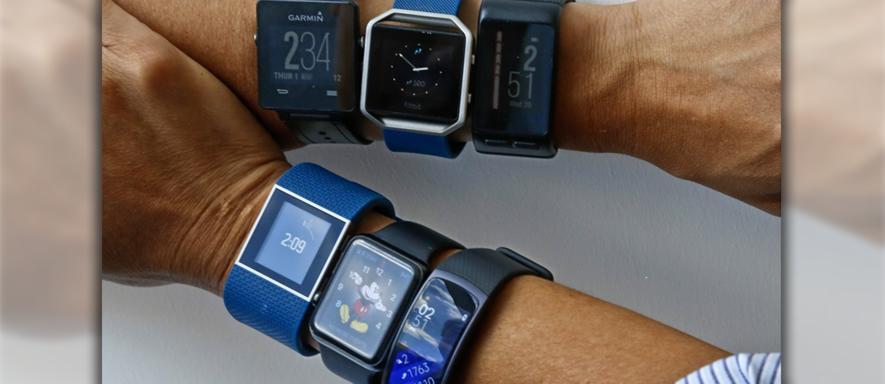Chinese firm Xiaomi maintained its lead in wearables for the second quarter of 2017, as the worldwide wearables market once again showed positive growth as shipments grew 10.3 percent year-on-year, reaching 26.3 million, according to the International Data Corporation (IDC) Worldwide Quarterly Wearable Device Tracker.
The second quarter of 2017 marked a turning point in the market as wearables (those that do not run third party apps) declined for the first time with annual growth of -0.9 percent, IDC said. Meanwhile, smartwatches like the Apple Watch and Android Wear lineup grew 60.9 percent in the quarter thanks to fitness and fashion enthusiasts.
"The transition towards more intelligent and feature-filled wearables is in full swing," said Jitesh Ubrani senior research analyst for IDC Mobile Device Trackers. "For years, rudimentary fitness trackers have acted as a gateway to smartwatches and now we're at a point where brands and consumers are graduating to a more sophisticated device.
“Previous niche features such as GPS and additional health tracking capabilities are quickly becoming staples of the modern smartwatch,” Ubrani continued. “Just a year ago only 24.5 percent of all wearables had embedded GPS while today that number has reached almost 41.7 percent.”
Xiaomi maintained its lead in the second quarter as the company's expertise in driving low-cost devices remains unmatched, said ICD. Though the Mi Band lineup was the most popular, Xiaomi also caters to the growing market of kids' devices and recently shipped its first pair of smart shoes under the Mijia brand. Shipments for the shoes were immaterial during the quarter though IDC anticipates this to gradually grow as Xiaomi gains traction in the clothing/apparel industry.
The second most successful wearables brand in Q2 was Apple thanks to its Series 1 and Series 2 smartwatches which are now mature products with the clear and concise purpose of fitness. This has boded well for Apple as the company has been slowly expanding its reach among health insurance providers. The release of the latest Watch OS later this year is also expected to bring much anticipated features like a Siri watch face to the wrist.
Fitbit, which took third place, finds itself in a period of transition, says IDC. Early leaks and the recent official announcement of the Fitbit Ionic will help cement the company's place in the growing smartwatch market. However, short-term growth remains challenged as the product portfolio is vast and undifferentiated.
"There is growing interest from the medical industry to adopt wearables and consumer expectations are also on the rise. This is where companies like Apple and Fitibit have the potential to maintain their lead as their investments in the tracking and perhaps diagnosing of diseases will be a clear differentiator from low-cost rivals,” said Ubrani.
In fourth place was Garmin which saw a decline of 6.6 percent from last year. IDC says this should not necessarily be seen as negative as the company has managed to grow revenue. Transitioning existing users from basic fitness trackers to more advanced smartwatches like the Fenix lineup has worked well for the company, IDC said. Recent developer outreach has also allowed Garmin's ConnectIQ platform to branch outside health and fitness.
US firm Fossil entered the top five for the first time and much of this is credited to the acquisition of Misfit in late 2015, said IDC. With a large distribution network of fashion stores and multiple brands Fossil managed to attract a previously unaware audience to the wearables market. While smartwatches from Michael Kors and Fossil took center stage, the company's hybrid watch lineup also gained traction.
"Market growth favored new and emerging products in the second quarter," noted Ramon Llamas, research manager for IDC's Wearables team. "Smartwatches recorded double-digit year-over-year growth, with much of that increase attributable to a growing number of models aimed at specific market segments, like the fashion-conscious and outdoor enthusiasts in addition to the technophile crowd, lower price points, and a slowly-warming reception from consumers and enterprise users alike.”
Llamas added, “Factor in how smartwatches are taking steps to become standalone devices, and more applications are becoming available, and the smartwatch slowly becomes a more suitable mass market product.”





